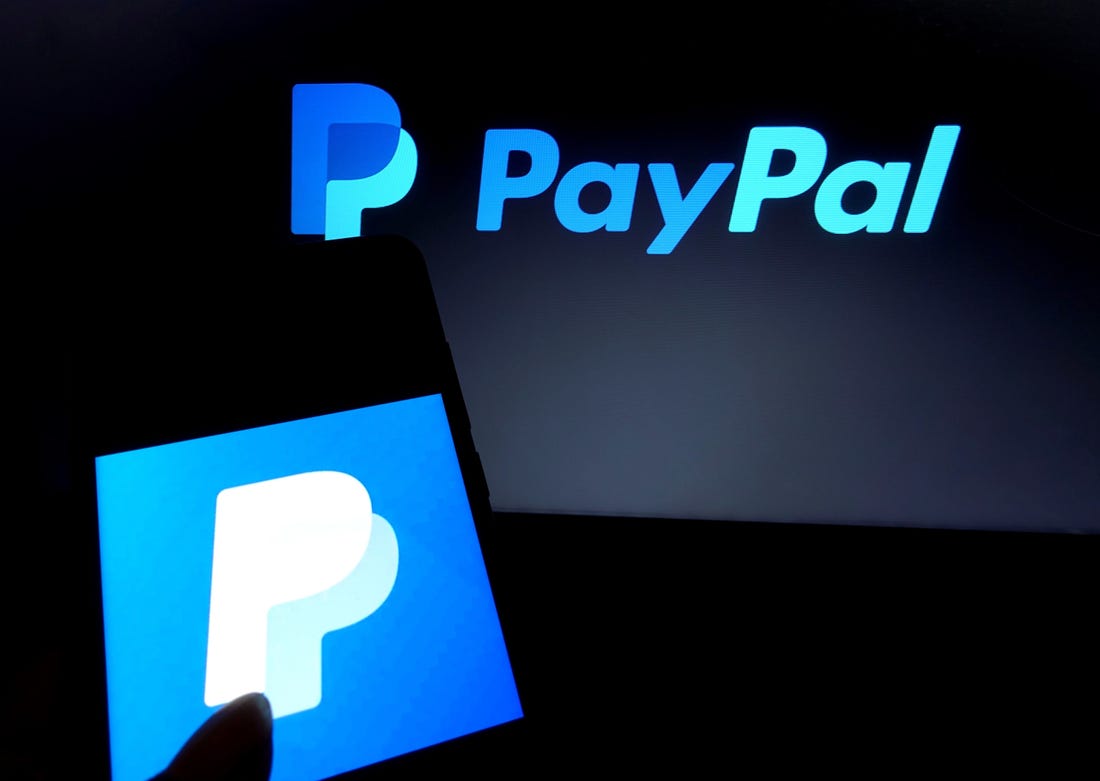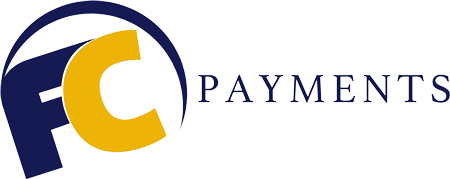
A Merchant’s Guide to Chargebacks on PayPal
Online retailers should be concerned about chargebacks on PayPal. The fact is, a businesses ability to accpet payment is vital to its success. Sure, that’s an obvious thought and common knowledge, but the problem is, some common knowledge just ain’t that common.
PayPal is definitely winning the game of payment merchants today. Staying true to its name, the e-commerce company offers an online payment platform that doesn’t require the payee or payor to provide credit card information, making it a safe place to transact business for both businesses and consumers.
But PayPal is still not safe from chargebacks, especially nowadays when a big chunk of fraud cases are targeting e-commerce businesses. So if you’re using PayPal as a payment platform for your business, here are tips that you can use in dealing with chargebacks:
Learn About the PayPal Chargeback Policy
To protect the interests of its customers and business partner, PayPal has implemented a chargeback policy that states the process in filing, answering and resolving chargebacks. It’s very important to be familiar with this policy so you know how to deal with disputes before they harm your business.
Understand the Common Reasons for Chargebacks.
Although there are a lot of reasons for consumers to file a chargeback, the most common cause of dispute is when a customer claims that he didn’t received the product within the timeframe given by the merchant.
Some customers also feel disappointed and even robbed of their money when they receive a product that looks different from the seller’s description or if have any damages to it.
Of course, there is the issue of unauthorized purchases where a customer claims that he didn’t make the purchase or he lost his credit card and it was used by the thief to purchase an item using PayPal.
Address the Issue in its Early Stages
Let’s say that a customer received an item that was different from what was described on your website. The first thing he’d do is to contact you to report the issue.
This is when customer service really matters because if you deal with this problem early on, the chance for a chargeback could be down to zero. Ask for photos of the product that was delivered to the customer and compare it with what you have on your website.
If you think that the claim is legitimate, offer a refund or replacement instead so you can eliminate the chance of a chargeback.
Give Accurate Product Descriptions
When it comes to describing your products, you can never be too specific with the details. Aside from properly writing down a description, you also need to provide photos, measurements, colors and other relevant information that will help the client make the right purchasing decision. It could also help you dispute a chargeback in the future.
The Bottomline
PayPal has always been committed to keeping things as fair as possible when dealing with chargebacks from customers. So if you get notified by PayPal for a chargeback, make sure that you act on it quickly because you’re only given a limited time to come up with a rebuttal and attach the right evidences to prove the legitimacy of your transaction.
In the end, it’s all about being proactive and protective of not only your interests but ultimately, your customers. Preventing chargebacks is a much better option than fighting them later and allows you to keep the good standing of your merchant account.
I am passionate about delivering results and helping my clients succeed. With my expertise in SEO, branding, and marketing, I lead the agency’s efforts to create and implement effective strategies that drive business growth. Our all-inclusive approach sets us apart from other digital media companies and ensures that our clients receive the full range of services they need for online success. If you can think of it, we can build it!
Zulu Shack Creative team members thrive on momentum. Like Zulu warriors, we strive to spearhead your idea with speed and quality.
When I’m not helping my team implement new digital marketing strategies, I enjoy playing music, hosting poker nights, reading Stephen King novels, and spending time with my wife and baby daughter.
No Comments
Sorry, the comment form is closed at this time.



